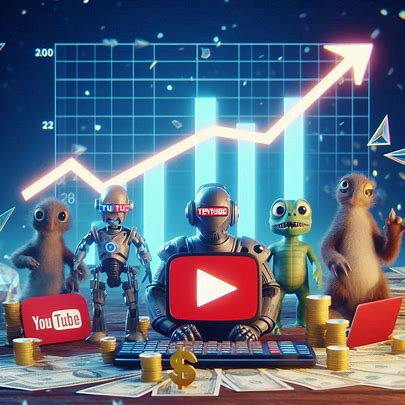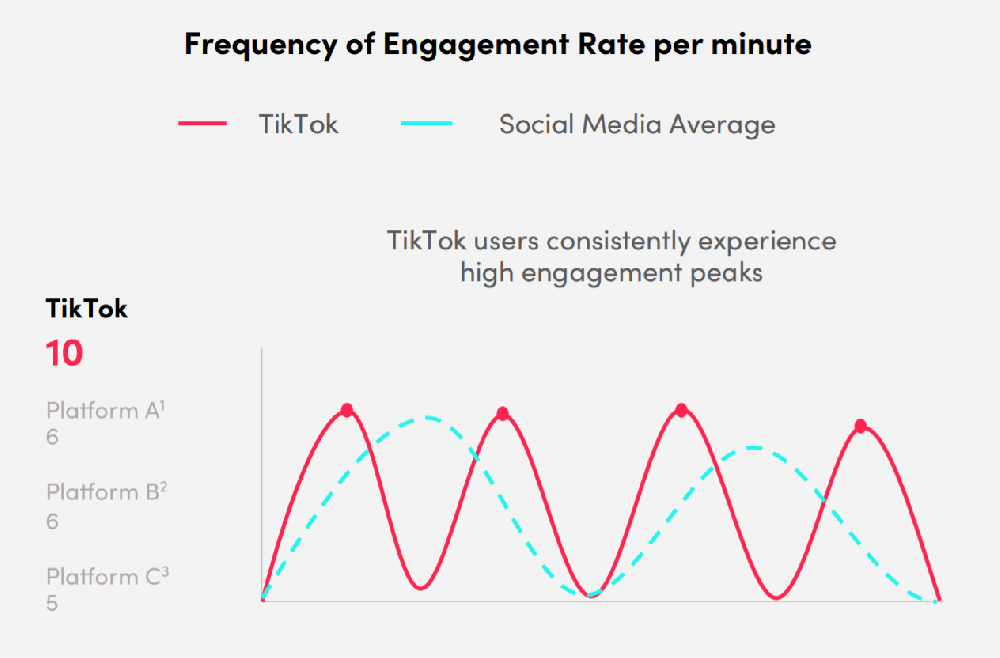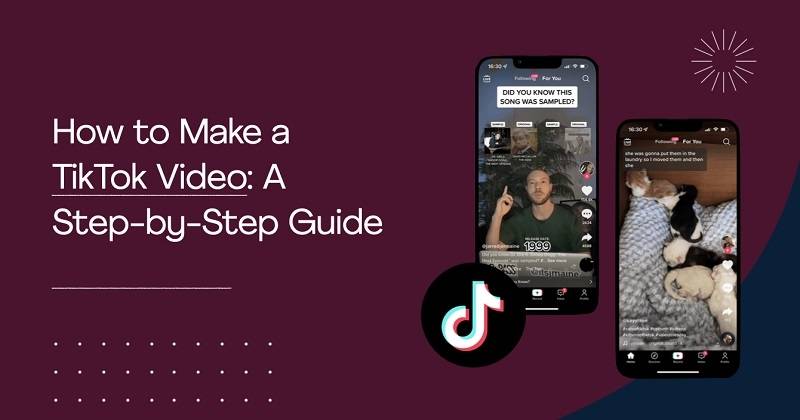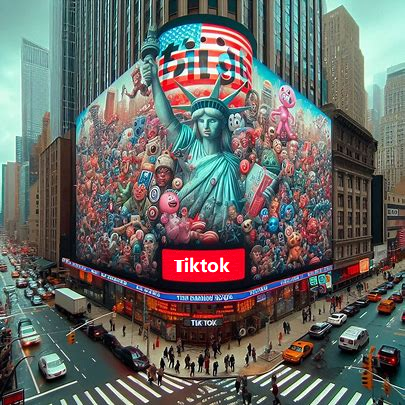In July 2025, YouTube officially announced that it would cancel the "Trending" and "Trending Now" pages and replaced by a more segmented and vertical Category List (YouTube Charts).
This means that the logic of traffic distribution is undergoing a fundamental change - from a single popular list to a vertical list centered around interests and circles. For creators, this is both a challenge and a good opportunity to break out of the circle.
This article will help you quickly understand why YouTube is doing this, what changes are there, what impact it has on creators, and how you can optimize your content and seize the new traffic dividends brought by the category rankings.

Latest changes: YouTube officially cancels the "Trending" page
In July 2025, YouTube officially announced that it would cancel the "Trending" and "Trending Now" pages and replaced by a more segmented and vertical Category List (YouTube Charts).
This means that the logic of traffic distribution is undergoing a fundamental change - from a single popular list to a vertical list centered around interests and circles. For creators, this is both a challenge and a good opportunity to break out of the circle.
This article will help you quickly understand why YouTube is doing this, what changes are there, what impact it has on creators, and how you can optimize your content and seize the new traffic dividends brought by the category rankings.

Latest changes: YouTube officially cancels the "Trending" page
Recently, YouTube officially announced that it will gradually shut down the Trending and Trending Now pages that have been online since 2015, and replace them with a more detailed category list (YouTube Charts).
The official reasons are also very clear:
"What used to be popular was a single list that everyone was looking at, but now it's made up of countless niche communities and micro-trends."
With the diversification of short videos, communities, search recommendations and comment areas, the way users obtain popular content has long shifted from a single page to multi-point distribution of personalized recommendations + vertical topic lists + interest communities.
What is Category List (YouTube Charts)?
Simply put, YouTube Charts is a more sophisticated trend display system. It no longer uses a unified list to tell you "which video is the most popular", but is divided into different content categories (category), and each category has its own independent popularity list.
The currently online lists include:
Trending Music Videos
shows music videos with recent surge in viewsWeekly Top Podcast Shows
selects the most popular podcast content based on audience activity, playback volume and other dataTrending Movie Trailers
Track the latest and most watched movie trailers
In the future, lists of other vertical content such as games, Vlog, beauty, education, AI technology, etc. will be added.
Where is the new trend entry? How can you use it?
The new trends can be viewed as follows:
YouTube Charts page
1. Address: https://charts.youtube.com/
2. Listed online:
Trending Music Videos
Weekly Top Podcasts
Trending Movie Trailers
Explore tab
The "Gaming" category retains its own trend page
More categories may be added in the future (such as beauty, technology, Vlog, etc.)
Practical tips:
Creators can regularly browse the Charts page to analyze which content directions are most popular.
Viewers can quickly discover popular videos in the category lists and no longer be bombarded with a single type of content.
Make good use of search keywords + Shorts content format to get more recommended exposure.
Tutorial is here: How should you adapt to this new change?
For ordinary users
1. How to view the trending list?
Open the YouTube app → Click on "Explore" at the bottom → Find the "Charts" page
Browse trending content such as popular music, podcasts, movies and more by interest
2. Follow creators and channels that interest you
The more interactions (likes, comments, subscriptions), the more it will affect the quality of your recommended content.
3. Make full use of the Shorts area
Trending content is now more hidden in the Shorts scrolling stream. Watching more short videos may help you discover new hot spots.
For content creators
Although this change by YouTube has "removed" the unified list, it is actually more in line with the "algorithm-dominated era" of content distribution. Here are a few key points that creators need to pay attention to:
1. Strengthen vertical labels and keywords
The current trend list is displayed by category, which means that the algorithm pays more attention to the "positioning" of the content itself. Suggestions:
Use precise keywords (video title, description, tags)
Identify the vertical category of the video (music, games, podcasts, education, etc.)
The content style and cover style are close to the mainstream of vertical categories
2. Seize the benefits of "Shorts" + referral mechanism
YouTube clearly states:
"Keeping users scrolling is a more effective way to discover content than jumping to the list."
This means that Shorts are becoming the main distribution force, especially suitable for:
Grab the rhythm of hot search topics
Make a "finely edited" video to guide you to watch the full version
Guide subscription/collection, trigger secondary dissemination
It is recommended that creators shift the content structure to a combination of Shorts + features + community interaction.
3. Use Charts to select content topics
Don't think of the list as the "end" but as a source of inspiration for topic selection.
For example:
Music bloggers can follow the "Trending Music" chart to do covers and analysis
Movies can make comments and Easter egg analysis based on the trailer list
Education can focus on hot topics (such as AI, studying abroad, etc.) and respond quickly to production
The logic behind platform behavior: using algorithms to retain users
The cancellation of the trending page actually further strengthened YouTube's "immersive recommendation" strategy:
Users are less likely to click "jump" and prefer to browse directly on the homepage/Shorts
The platform uses a personalized recommendation algorithm to continuously recommend content that you "may like"
The more time you spend on the platform, the richer your viewing history will be, and the more accurate the recommendations will be.
So for creators:
Traffic no longer depends on "whether it is on the list", but on "whether it can make users stop, finish reading, and click on the next one."
Summary
For viewers: Your viewing experience is more tailored to your interests, with more choices and higher efficiency
To creators: You must accurately understand user needs and continue to create vertical content value
Whether you are creating content or viewing content, you need to understand:
"It's not that the traffic has disappeared, but that it has become smarter, more distributed, and more precise."
Do you think the category list is more useful than the previous Trending page? Do you usually browse the homepage, read Shorts, or search for keywords to find content?



